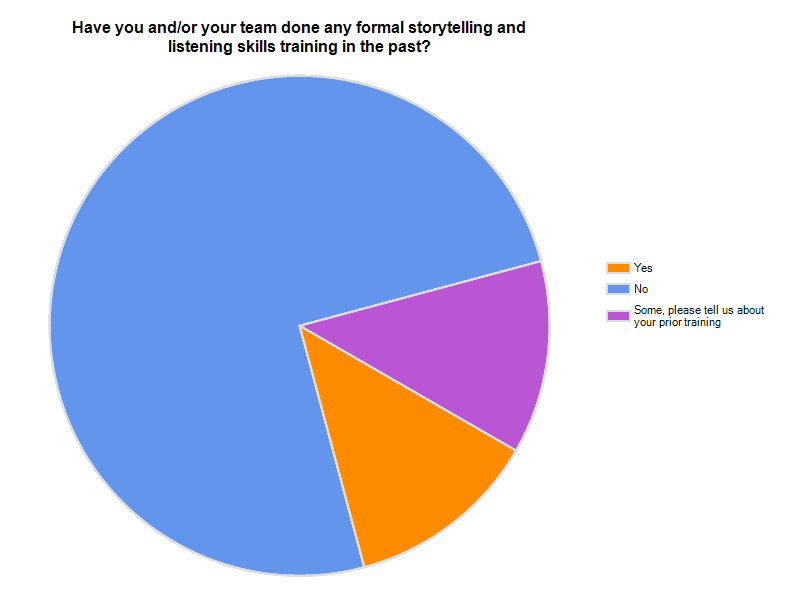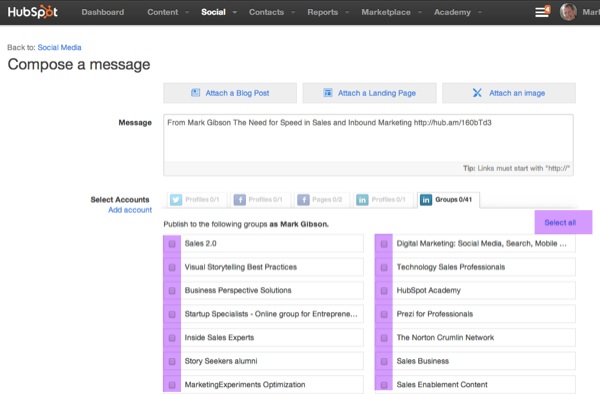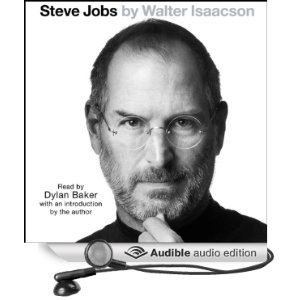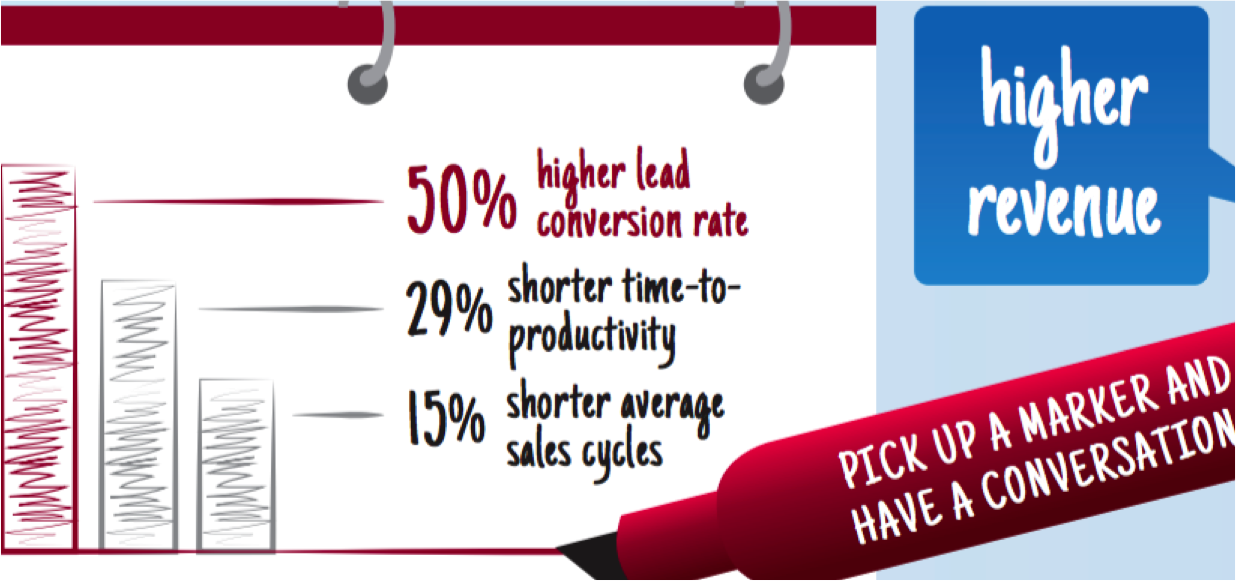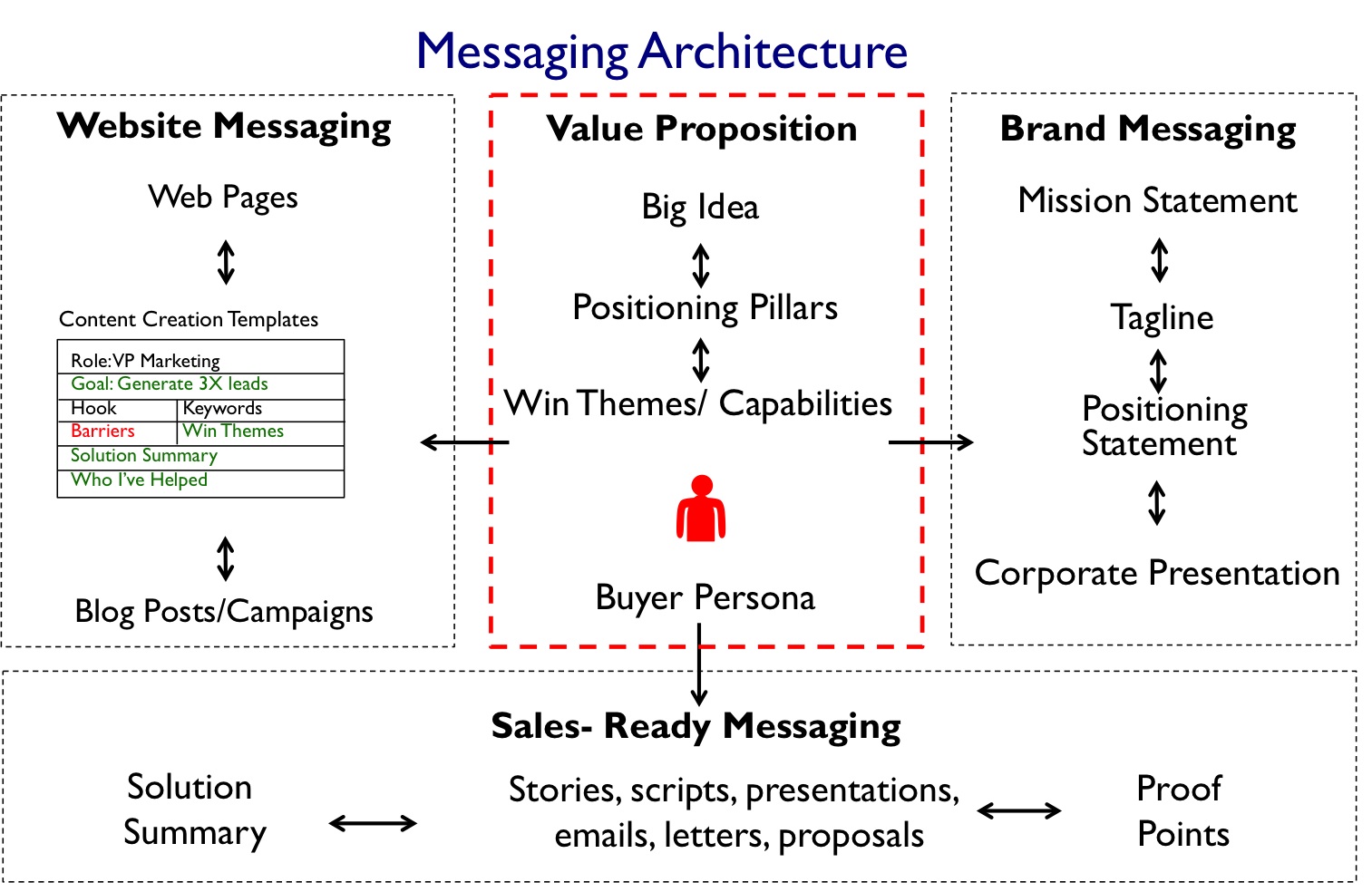When I was a boy growing up in South Australia, I distinctly remember the day the news broke that President John F. Kennedy had been assassinated. I remember it because after I heard the news I began to cry.
I was 11 years old and to this day I don't know why I cried. I knew nothing of American politics and I had only seen scant television clips of the President on one of the 3 stations on the TV, that broadcast from 4.30PM till station close at 11PM. I knew he was a great man however and admired by Australians and my school teachers.
When Steve Jobs announced that he was resigning from Apple in August 2011, I knew the end was near for the great man and I felt a lump in my throat. The day after his death, I was walking in Pebble Beach and I met a neighbor. We stopped chatted for a few minutes and Steve Jobs death came up in conversation and we both started crying. Steve Jobs was a great man, whether you liked him or not.
I never met Jobs, but I knew about Apple, having owned a Mac a couple of years after they were introduced. Stories of his unusual behavior were already legend in Silicon Valley when I moved here with Sun MicroSystems in 1991. Sun Microsystems kept close tabs on what Jobs was doing with NeXT as the Sun UNIX workstation began it's meteoric rise.
I listened to the Walter Isaacson Steve Jobs biography over a couple of weeks on my commutes to the
WittyParrot office in Bay Area, (I am an investor in and advisor to WittyParrot, a new Silicon Valley Software company) and was riveted by the story and the storytelling skill of Isaacson.
When I arrived at the office I would share the latest insights I had gleaned from listening to the Jobs story with the design team at WittyParrot and I sent several emails with condensed insights and suggestions on the design and out-of-box experience.
For entrepreneurs, designers and engineers, the Steve Jobs biography is a case study in the importance of thinking outside-the-box, simplicity and elegance in design, and execution.
From the numerous true anecdotes throughout the book, it is clear that Jobs was a tyrannical leader, ripping subordinates to shreds and firing people summarily. He did however build a team of “A” players who were extremely loyal and believed in the Jobs Apple mission… which was to change the world.
His reality distortion field influenced and inspired others to do what was previously thought impossible. He would look subordinates in the eye with an unblinking stare and exclaim “this is shit” on being show work or programing that was less than breathtaking, to see if they believed it was less then their best.
Steve Jobs changed our lives in the same way Edison did a hundred years earlier. He was inventor like Edison, with more than three hundred patents in his name and like Edison, he was a visionary. Jobs obsession with creating technology products that incorporated art in their design gave us products that redefined the look and feel of consumer electronics and computer retailing.
Every reader of this article has been touched by the experience of using Apple products. It’s worth recalling the breakthrough products that Jobs and Apple gave us, here are a few that changed the World:-
- Apple-2 one of the first mass produced personal computers.
- Apple Lisa and Macintosh, Mac - the computer for the rest of us, which heralded a new era of computing and introduced the GUI, the mouse and beautiful fonts
- iPod, - a thousand songs in your pocket
- iTunes – a new spin on music
- iPhone – The Internet in your pocket
- iPad – "The iPad is…”
- Apple Stores– the most profitable stores on the planet
- The App Store - More than a thousand apps. One simple new way to get them
- Pixar Animation – Toy Story and many others.
Walter Isaacson’s Steve Jobs biography is a riveting account of a life fully lived and of a great man who changed the World and is a “must read” for anyone in the technology business.






